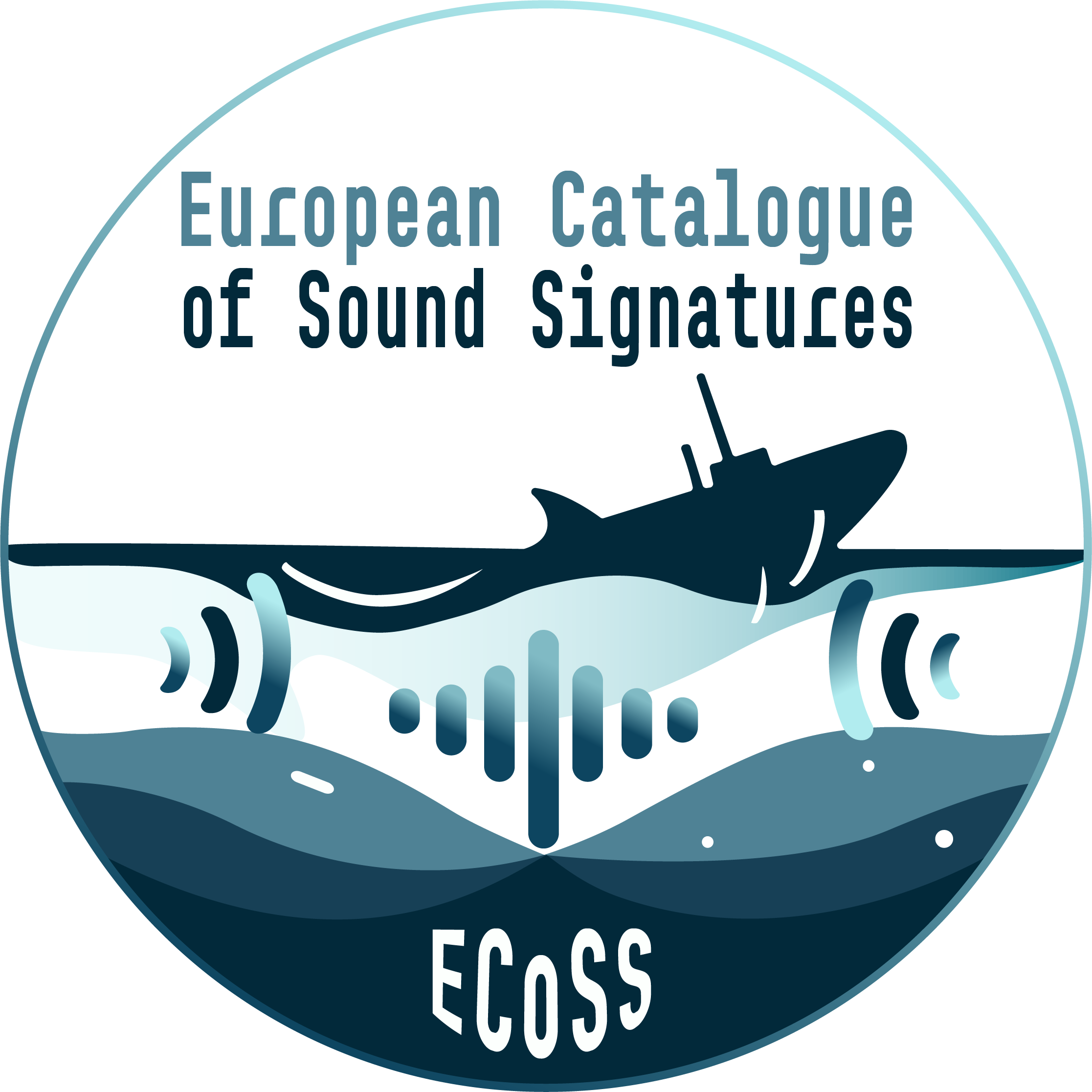
Easier access to scientific data
Brought to you by Sound Signature Catalogue
 |
ERDDAP
Easier access to scientific data |
Brought to you by Sound Signature Catalogue |

| Dataset Title: | ECoSS - DB of enhanced4AI sounds - DATA


|
| Institution: | ECoSS project (Dataset ID: ecoss_db_enhanced4AI_sounds_data) |
| Information: | Summary  | License
| License  | Metadata
| Background
| Metadata
| Background | Data Access Form
| Files
| Data Access Form
| Files
|
![[The graph you specified. Please be patient.]](https://ssc.s4oceandata.eu/erddap/tabledap/ecoss_db_enhanced4AI_sounds_data.png?lastModified,size&.draw=markers&.marker=5%7C5&.color=0x000000&.colorBar=%7C%7C%7C%7C%7C&.bgColor=0xffccccff)
|
Attributes {
s {
url {
String ioos_category "Identifier";
String long_name "URL";
}
name {
String ioos_category "Identifier";
String long_name "File Name";
}
lastModified {
String ioos_category "Time";
String long_name "Last Modified";
String time_origin "01-JAN-1970 00:00:00";
String units "seconds since 1970-01-01T00:00:00Z";
}
size {
String ioos_category "Other";
String long_name "Size";
String units "bytes";
}
}
NC_GLOBAL {
String cdm_data_type "Other";
String Conventions "COARDS, CF-1.10, ACDD-1.3";
String history
"2025-02-05T09:46:21Z (local files)
2025-02-05T09:46:21Z https://ssc.s4oceandata.eu/tabledap/ecoss_db_enhanced4AI_sounds_data.das";
String infoUrl "https://ecoss.ctnaval.com/";
String institution "ECoSS project";
String keywords "data, file, identifier, lastModified, modified, name, size, time";
String license "Creative Commons Attribution Share-Alike http://www.opendefinition.org/licenses/cc-by-sa";
String project "The primary goal of the ECoSS project is to develop an open library containing a curated and continuously growing digital catalogue, along with an AI-based classifier for individual sound signatures from the marine underwater soundscape in shallow waters (CINEA/2022/OP/0019).";
String sourceUrl "(local files)";
String summary "This database is dedicated to synthetic sounds, i.e. real sounds that have been cut and pasted to create clean sources for AI training. These soundtracks consist of real underwater acoustic emissions repeated twice, already labelled and with fixed features such as sampling rate, duration, and signal-to-noise ratio (S/N). The synthetic sounds database served as the primary training dataset.";
String title "ECoSS - DB of enhanced4AI sounds - DATA";
}
}
 Data Access Protocol (DAP)
Data Access Protocol (DAP) and its
selection constraints
and its
selection constraints .
.
The URL specifies what you want: the dataset, a description of the graph or the subset of the data, and the file type for the response.
Tabledap request URLs must be in the form
https://coastwatch.pfeg.noaa.gov/erddap/tabledap/datasetID.fileType{?query}
For example,
https://coastwatch.pfeg.noaa.gov/erddap/tabledap/pmelTaoDySst.htmlTable?longitude,latitude,time,station,wmo_platform_code,T_25&time>=2015-05-23T12:00:00Z&time<=2015-05-31T12:00:00Z
Thus, the query is often a comma-separated list of desired variable names,
followed by a collection of
constraints (e.g., variable<value),
each preceded by '&' (which is interpreted as "AND").
For details, see the tabledap Documentation.